The Kappa is a water demon in Japanese mythology who lives in rivers and lakes and devours disobedient little children. While some think the narrative sprang from observations of the Japanese Giant Salamander, a species that is still alive today, others believe the myth is true and that a rare pair of mummified bones, exhibiting a webbed hand and a foot, proves the existence of the Kappa. People will be able to witness for themselves when the strange body parts are shown for the first time on the Japanese island of Kyuushuu.
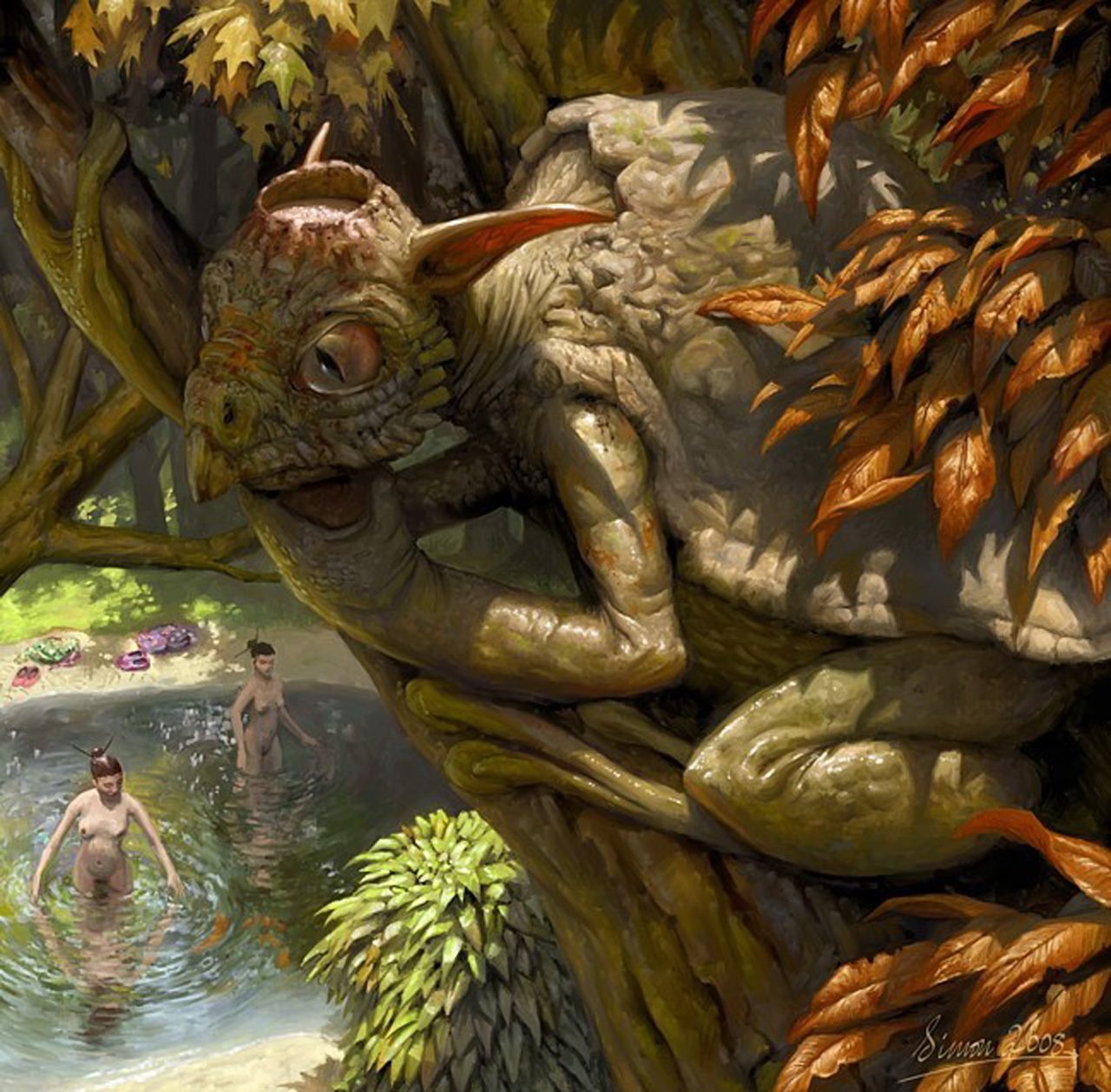
The Kappa, which means “river child,” is typically shown with a tortoise’s body, a frog’s beak, and a hole filled with water on top of his head. While they are mostly aquatic species, they are said to go onto land on occasion. Legend has it that if the Kappa wanders out of the water without keeping the cavity wet, he will lose his abilities.
Kappa’s are typically portrayed as mischievous troublemakers or trickster figures. Their pranks range from the relatively innocent, such as making rude noises or looking up women’s kimonos, to the malevolent, such as drowning people and animals, and kidnapping children and eating them. Parents have been known to exploit the legend of the Kappa to keep their children out of the water.
The mythological monster known as the Kappa is one of Japan’s most well-known folk stories, and many people believe it to be genuine. In fact, there are signs alerting people of their existence around various lakes in Japan. Others believe that the tale of the Kappa is more likely linked to sightings of the Japanese Giant Salamander, or ‘hanzaki,’ which is known to be violent and to capture its victim with its formidable jaws.
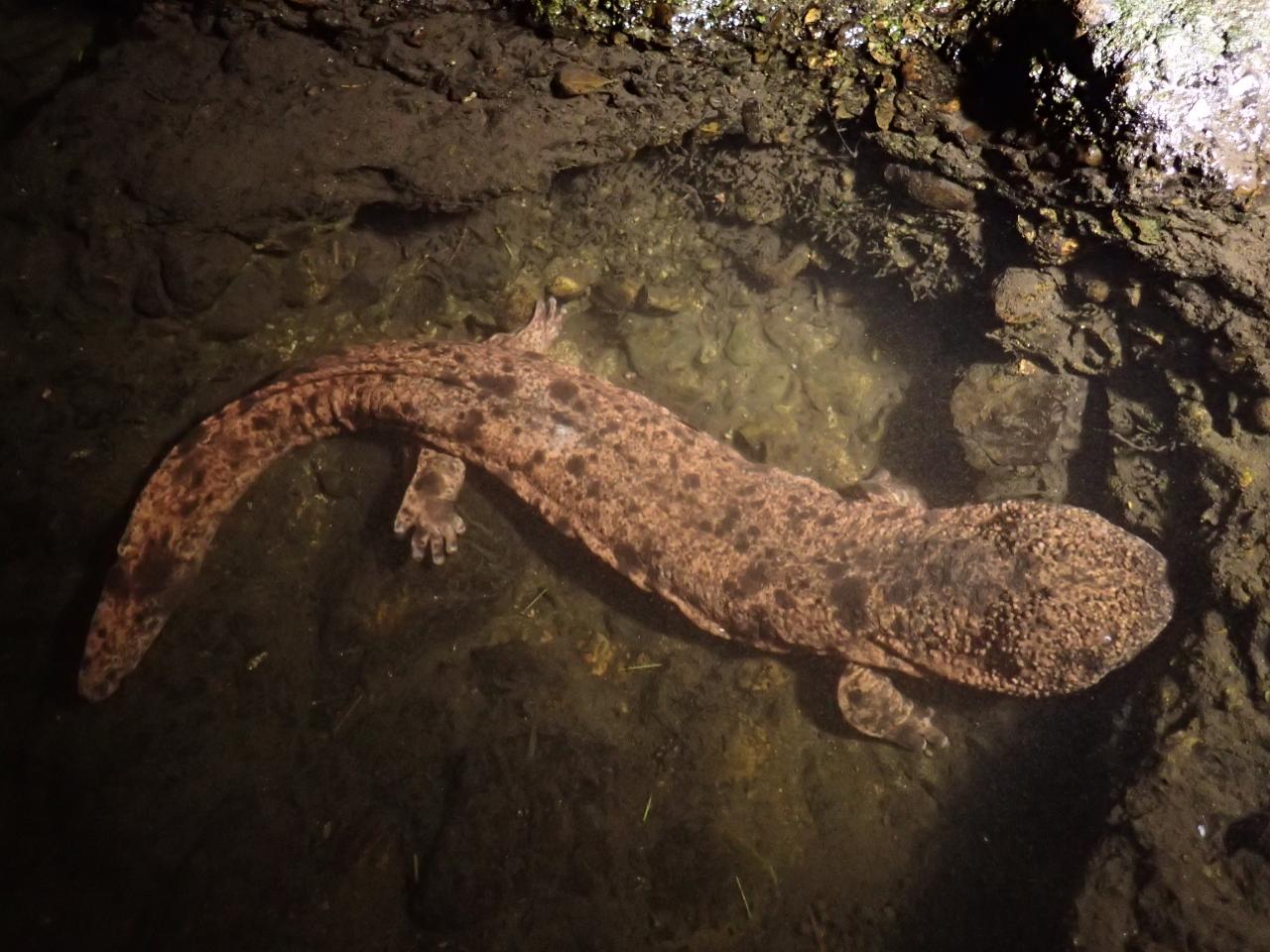
Now, believers and skeptics alike will be able to examine some mummified bones reportedly belonging to a Kappa and judge whether or not they belong to the fabled monster. The remnants, which are reported to include a foot and an arm with a hand attached, were presented to the Miyakonijo Shimazu family after a Kappa was allegedly shot on a riverbed in 1818. They will now be shown for the first time at the Miyakonojo Shimazu Residence in Miyazaki prefecture on the Japanese island of Kyuushuu.
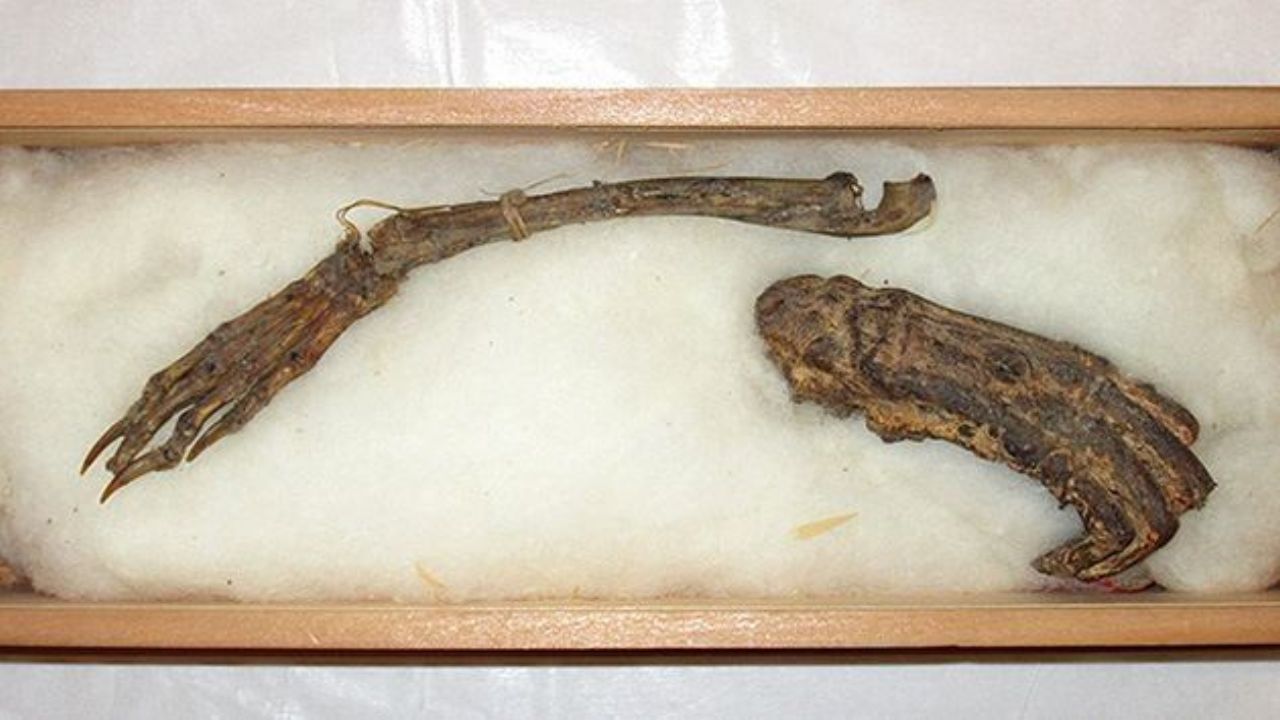
The mummified corpses are not the first discovered Kappa mummies. A lot of claims have been made about Kappa mummies, while some are known to have been created by Edo-period painters (1603 to 1867) utilizing animal parts ranging from monkeys and owls to stingrays. There was some significant scientific literature devoted to the study of the Kappas during the Edo period.
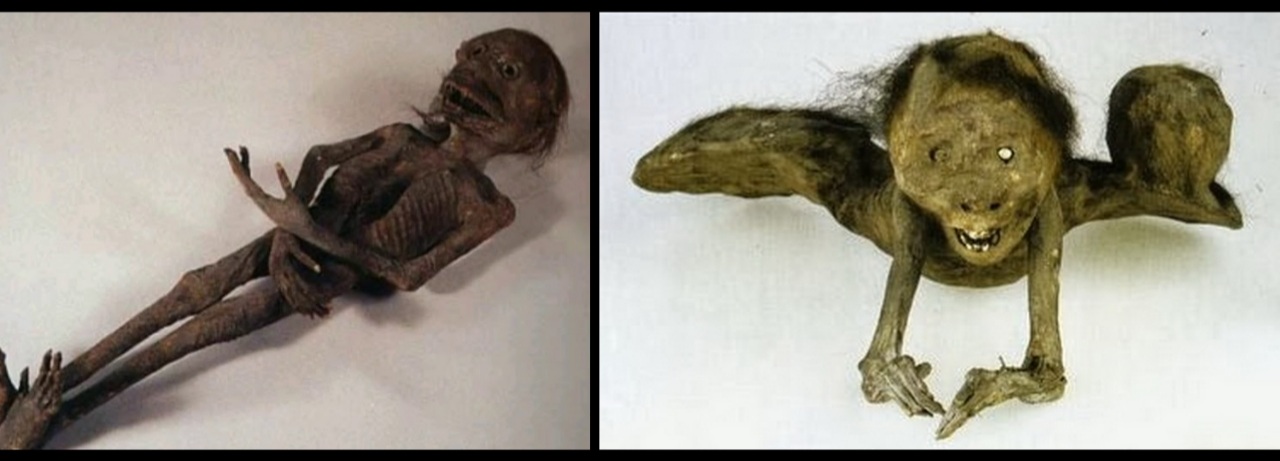
Suikokouryaku (1820), for example, is a collection of kappa-related knowledge gleaned from a range of Japanese and Chinese sources. The book, which is stored at the Iwase Bunko Library, has several kappa drawings, some of which are displayed here.
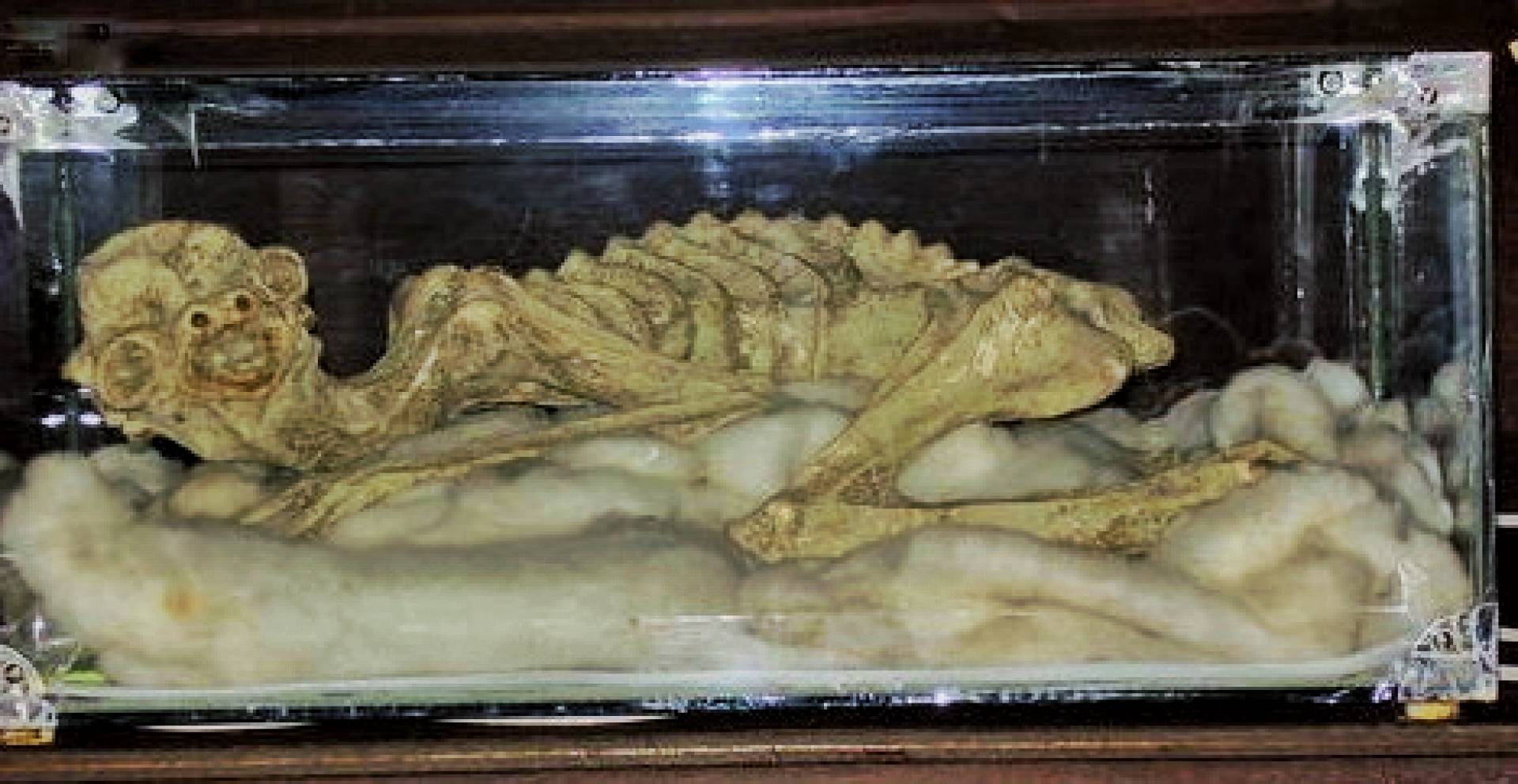
According to Japanese tradition, one technique to beat a Kappa is to use its fixation with etiquette. If someone made a deep bow to a Kappa, it would return the motion, causing water to fall from the hollow on its head, rendering it impervious to its abilities.
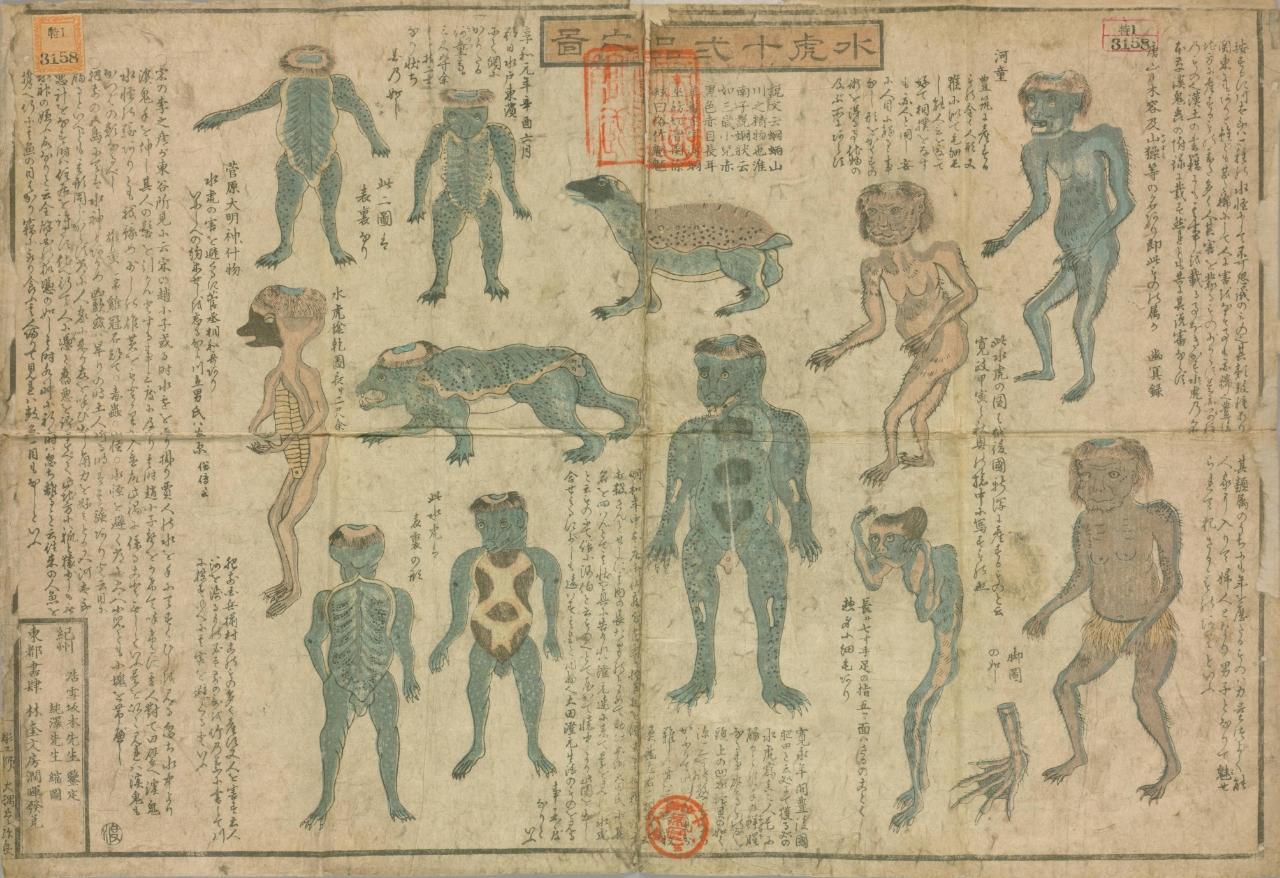
It was thought that if a human refilled the water, the kappa would serve them for eternity. According to legend, Kappa can be repelled by their intolerance to iron, sesame, or ginger.
Despite the fact that countless bones purported to belong to the Kappa have been unearthed, scientists have not been able to corroborate the existence of the mysterious creature after decades of myths and examinations.




